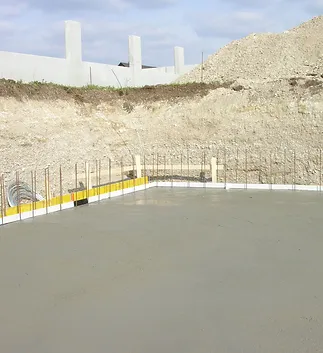When working on a building project, there are almost endless things to take into account. One of the most important is the flooring, because it needs to be able to handle whatever sort of traffic there will be, and it needs to be flat and level. That may seem obvious, but if you add the final flooring to a concrete substrate directly, then it will not be flat and level.
This is why it is necessary to use a screed on top of the substrate which will produce a level surface on which to fix the final flooring, whatever it may be.
At Top Mix, we are proud to be able to provide you with pumped screed in Birmingham for your project. For many years a traditional screed has been made of a mix of sand and cement which is then hand-laid on to the concrete by a worker using a trowel. This has certain disadvantages, not least when installing underfloor heating which is the case in so many projects today.
Water-Based Underfloor Heating
Underfloor heating can be an electric system using heating cables, but the better option is a water-based system which pumps heated water through a plastic pipe running under the floor surface. This should produce even heating throughout the room and does away with radiators.
However, it is almost impossible for even the most skilled worker to completely cover the heating pipes when installing a screed by hand using sand and cement. That means that there will always be air pockets under the main flooring, and in turn it means that heating will not be entirely even through the room.
The pumped screed in Birmingham that we supply, however, is delivered to site in liquid format and pumped into position with a long hose. Because it is in liquid form, it completely covers all heating pipes, so the result is that there are no air pockets. It follows that the temperature is exactly the same in all parts of the room.
It gets better, because our pumped screed uses gypsum as the binder instead of cement. Gypsum has heat transference properties which are nearly twice that of sand and cement. What that means is that it takes less energy to heat a room up to the required temperature with a gypsum screed than with a sand and cement screed. In turn, it means that heating the room costs less money, so with our liquid screed you get the best of all worlds.


